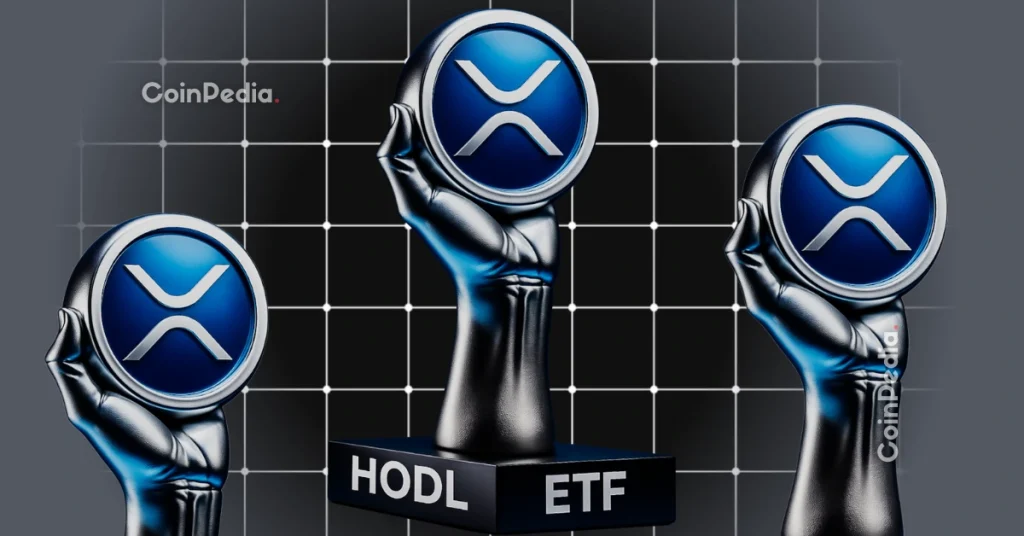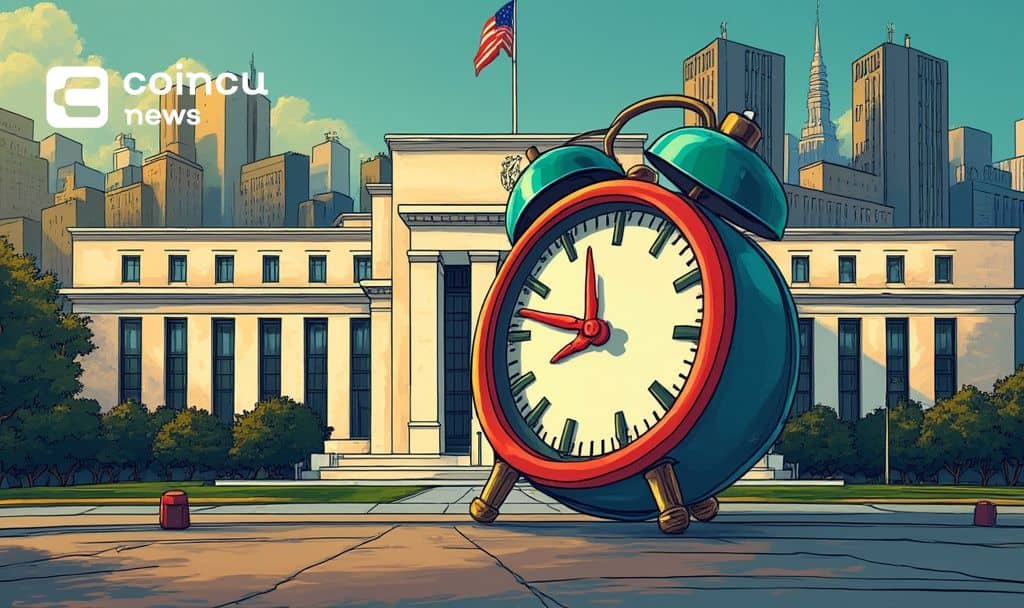9 XRP ETFs to Launch in 10 Days, Franklin Templeton Leads Next Week’s Rollout

The post 9 XRP ETFs to Launch in 10 Days, Franklin Templeton Leads Next Week’s Rollout appeared first on Coinpedia Fintech News
The XRP market is entering a major phase of institutional adoption, with nine XRP ETFs scheduled to launch between November 18 and November 25. The rapid rollout marks one of the fastest expansions of investment products for a single cryptocurrency.
The first launch came on November 13th as Canary Capital introduced its XRP ETF under the ticker XRPC, recording $58 million in first-day trading volume. It now stands as the biggest ETF launch of 2025. But the momentum is just beginning, with several major financial firms set to follow over the next 10 days.
Franklin Templeton’s XRP ETF Launches November 18
The most anticipated launch arrives on Monday, when Franklin Templeton brings its XRP ETF, EZRP, to the CBOE. With more than $1.5 trillion in assets under management and long-standing ties with investment advisers and large financial institutions, Franklin Templeton is expected to draw significant demand.
Advisers who may skip smaller issuers like Canary are more likely to allocate through a well-known firm. Because of this, analysts expect EZRP to potentially match or exceed XRPC’s day-one volume.
Bitwise to Follow on November 20
Bitwise to launch its XRP ETF on November 20. The asset manager has a strong track record with digital-asset products and previously saw high demand for its Solana ETF. Its new XRP ETF is expected to appeal to hedge funds, family offices, and institutions already familiar with crypto markets.
21Shares and CoinShares Add International Reach
The rollout continues with European firms:
- 21Shares on November 21
- CoinShares on November 22
Both are known for their global crypto exchange-traded products and are expected to introduce international capital into the XRP ETF market.
Grayscale and WisdomTree Close Out the Month
The final wave arrives on November 25, when Grayscale and WisdomTree launch their XRP ETFs on the New York Stock Exchange. Grayscale has one of the largest existing crypto client bases, while WisdomTree is known for its commodity and currency ETFs. Their entry will give traditional investors more ways to gain exposure to XRP.
By November 26, a total of seven XRP ETFs will be trading, with analysts expecting combined daily volume to reach $150 million to $200 million.
Why the Staggered Launch Matters
Unlike Bitcoin’s ETF rollout, which happened all at once, XRP’s launches are spread across several days. Each debut is expected to create renewed media attention and investor interest. This keeps XRP ETF coverage active throughout the month instead of peaking in a single news cycle.
The structure also means steady demand for XRP itself. ETF providers need XRP to back their shares, creating continuous buying activity behind the scenes.
- Also Read :
- Filecoin Price Prediction 2025: Is FIL/USD Preparing for a Breakout or Another 50% Fall?
- ,
XRP Price Prediction For Next 10 Days
The XRP price is trading near $2.42 after slipping from the $2.60 level during the debut of XRPC. The pullback reflects a “sell-the-news” reaction, a pattern that may continue as each new ETF launches.
Key levels to watch:
- Resistance: $2.60, $2.70, $2.88
- Support: $2.38, $2.20
A break above $2.60 could signal strength, while a drop below $2.38 may point to continued weakness.
Broader market conditions also play a role. Bitcoin remains in a tight range around $100,000, and its next move could influence the XRP price regardless of ETF activity.
Market Expectations
- XRP may consolidate between $2.30 and $2.60 as each launch triggers short-term profit-taking.
- A stronger rally above $2.70 could develop if demand from multiple ETFs starts tightening supply.
- A drop below $2.30 remains possible if the wider crypto market weakens.
A smaller but notable chance exists for a sharp breakout above $3, depending on how much capital flows into the new ETFs.
Never Miss a Beat in the Crypto World!
Stay ahead with breaking news, expert analysis, and real-time updates on the latest trends in Bitcoin, altcoins, DeFi, NFTs, and more.
FAQs
Multiple issuers are rolling out XRP ETFs to meet rising institutional demand, creating one of the fastest product expansions in crypto.
ETFs create steady buying pressure as issuers acquire XRP, but short-term “sell-the-news” pullbacks may still keep price swings high.
Staggered launches keep media attention high and help sustain interest, rather than creating a single short-lived spike in coverage.
You May Also Like

Kalshi Jumps to 62% Market Share While Polymarket Eyes $10B Valuation

Federal Reserve Announces Rate Cut Amid Shifting Economic Risks

